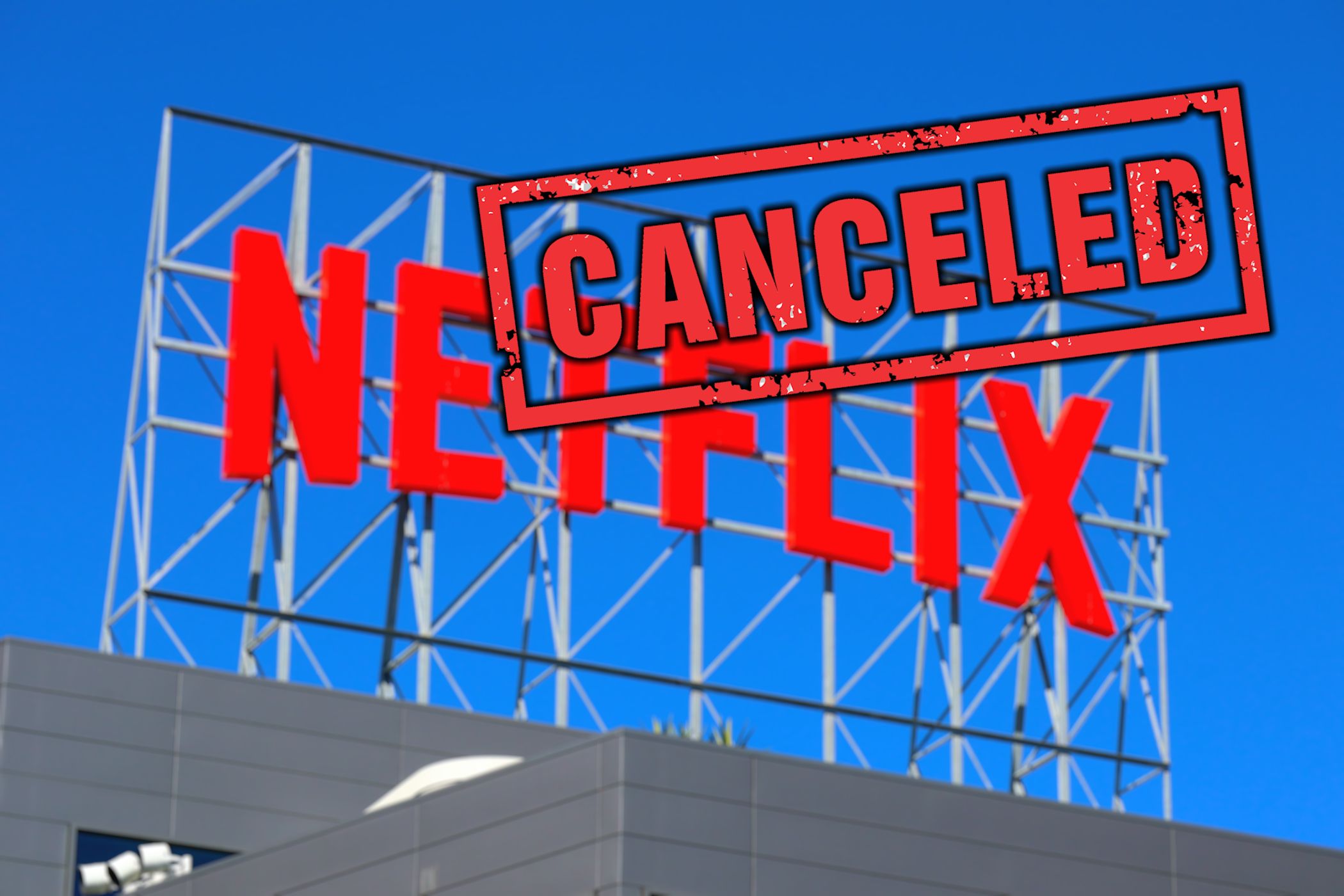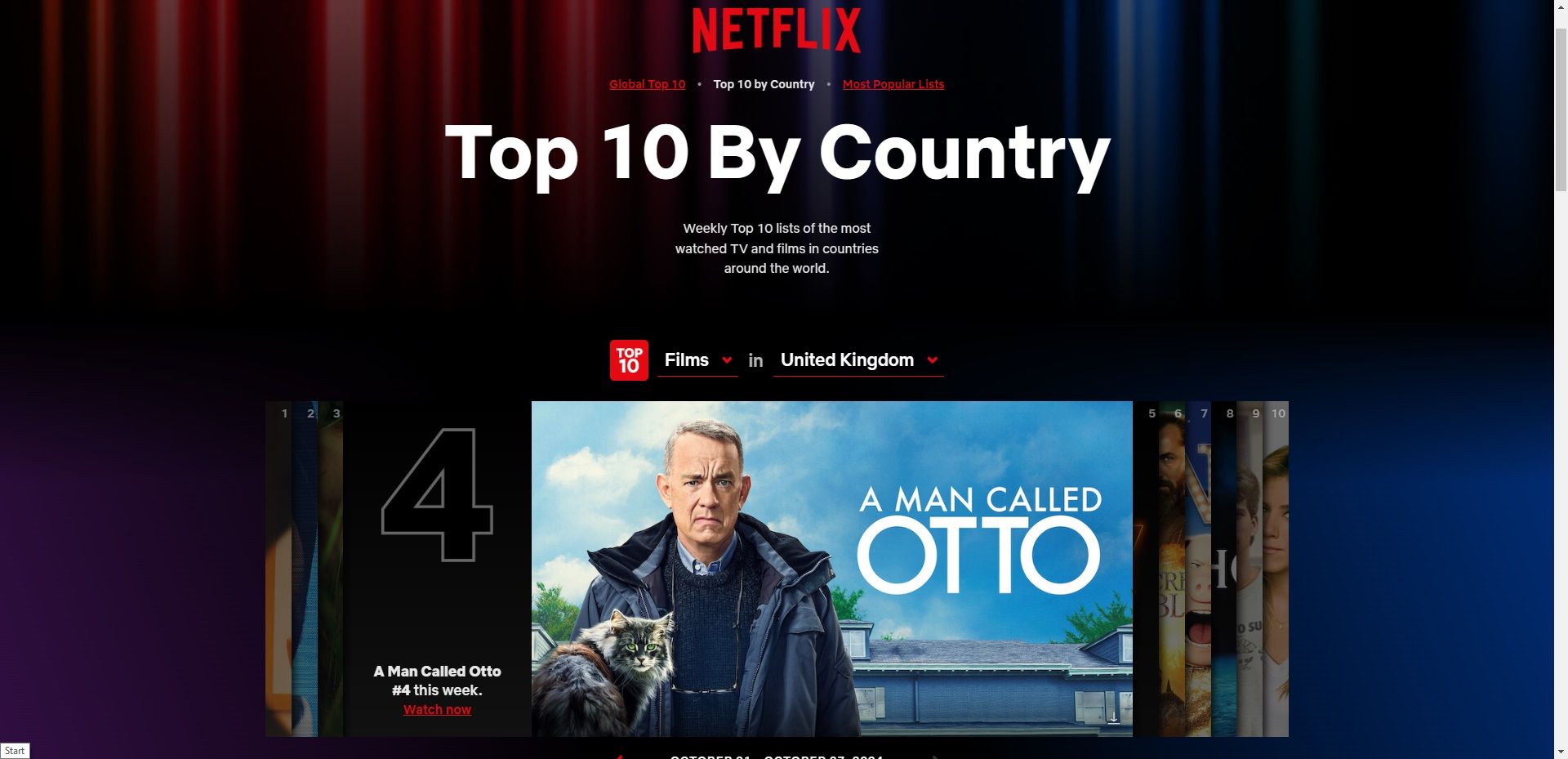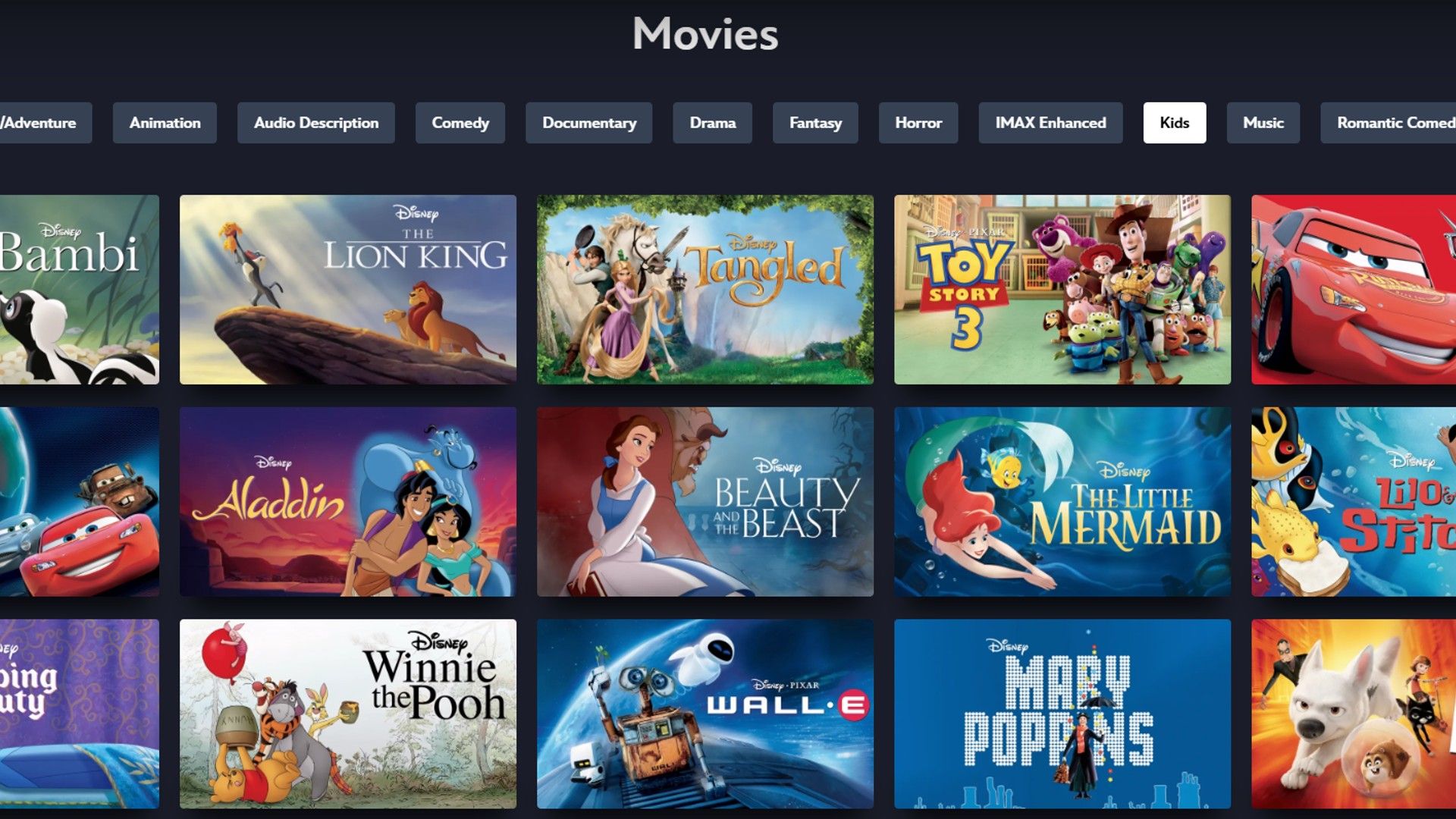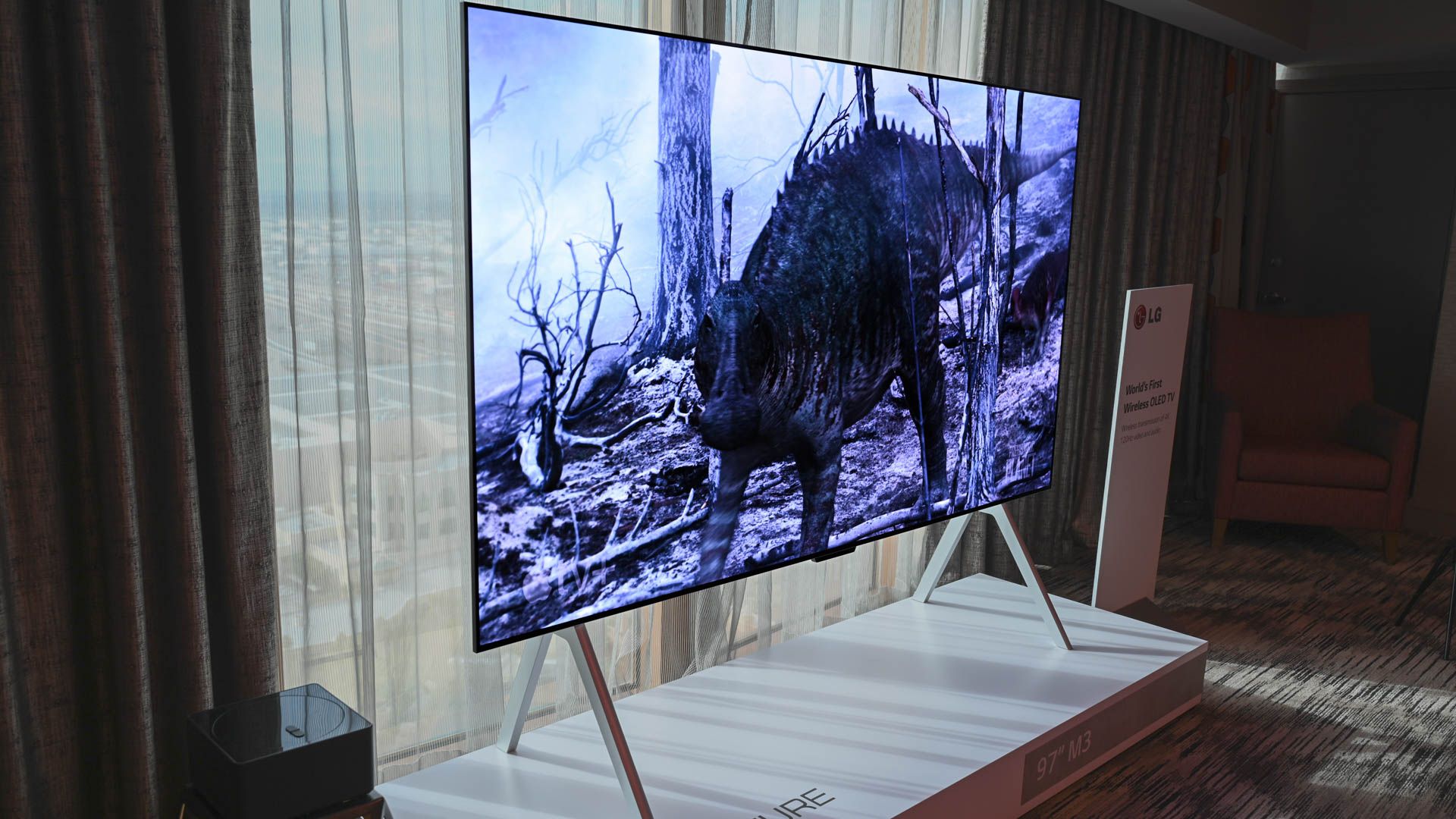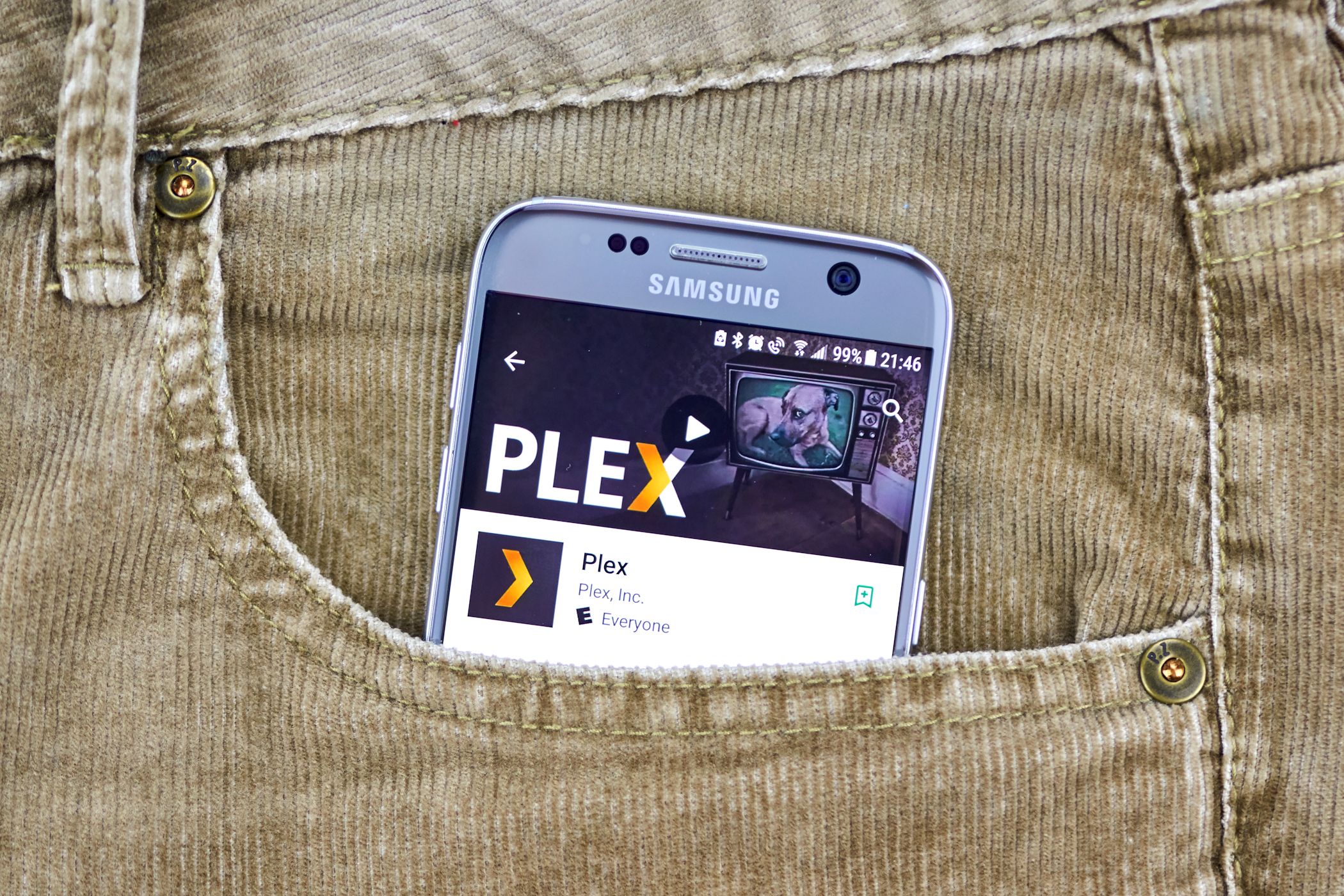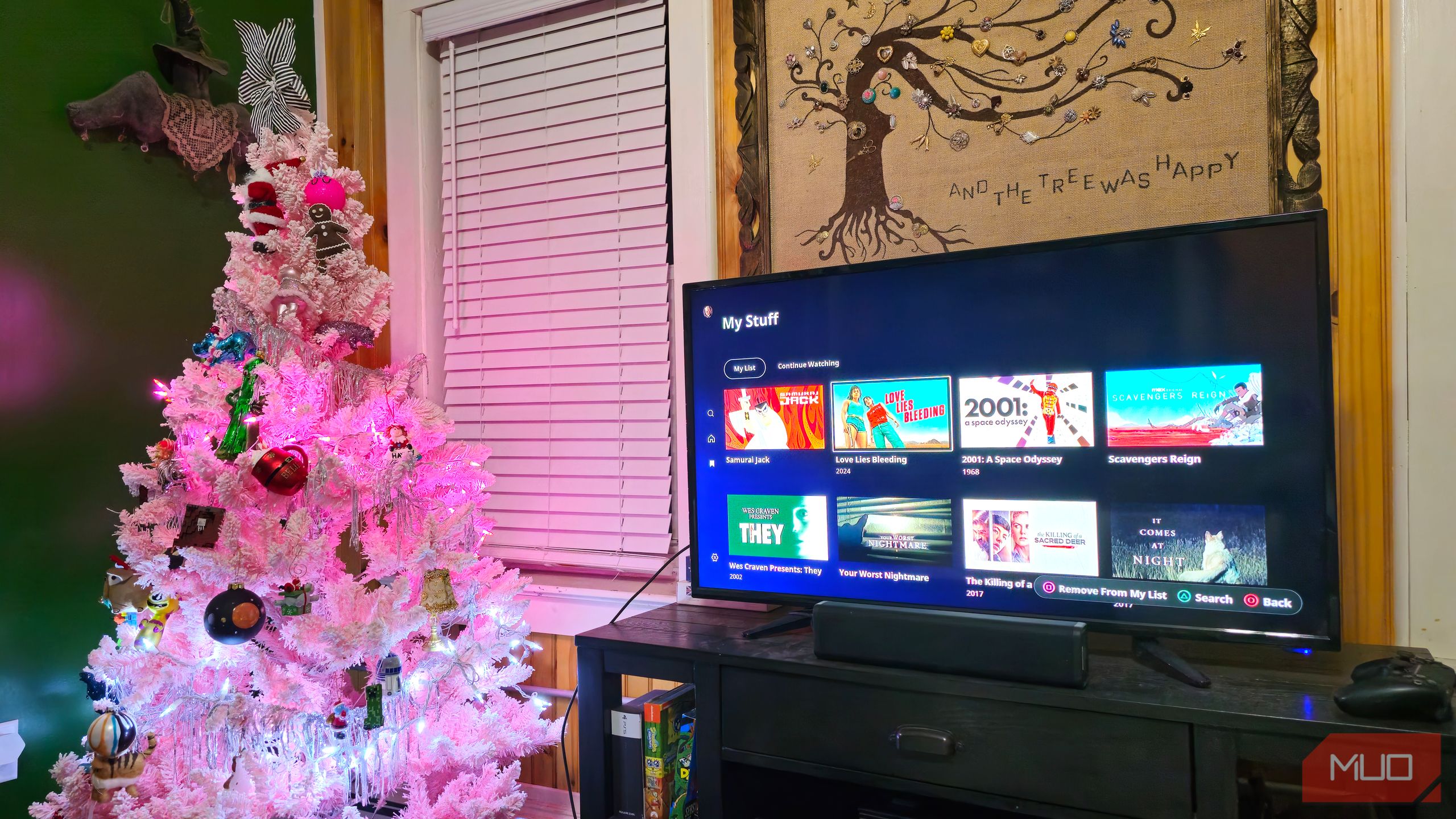Netflix is amazing—it just might not be right for you. So, before you sign up for Netflix, take a moment to consider its problems and ask yourself: is Netflix worth it?
1 Limited Regional Selections
Netflix’s biggest issue is that the number and quality of movies and TV shows you can watch depend on where you live.
For example, if you live in the United States, there will inevitably be times when you want to watch something only available on Netflix Canada or Netflix UK. This happens rarely, but when it does, it’s annoying. We can’t imagine how frustrating it is for people outside the US wanting to watch Netflix content available exclusively in the United States.
Of course, there are ways to watch everything on Netflix no matter where you live, the most common method being using a VPN. Though Netflix theoretically cracked down on VPN usage, many paid services still work. We recommend CyberGhost or ExpressVPN for VPNs that work with Netflix.
2 Netflix Has an Outdated Library
The other big complaint about Netflix—which has been one of its sore spots ever since the streaming service went live—is that its library is never up-to-date. These days, only Netflix originals can be considered timely and trendy.
Due to licensing agreements with TV networks, it doesn’t make sense to let Netflix stream episodes as they’re released on a network because that would kill any incentive for people to watch the networks themselves.
Netflix’s strength is binge-watching, which means it’s good for catching up on TV shows just before the next season begins airing. That’s why most of Netflix’s library is about one year old. Networks aren’t willing to let Netflix load up its library with recent content.
Why one year, though? Because that’s when full-season DVD sales are still profitable, and that’s one reason films are so late to join Netflix’s library. Publishers only start licensing with Netflix when sales of a season, show, or movie have run their course.
3 Internet Requirements
Netflix (like any other streaming app) depends on your internet connection quality. Whether you’re watching YouTube, Twitch, or Netflix, your ISP determines whether you’re watching 240p, 720p, or 4K videos.
|
Video quality |
Resolution |
Recommended speed |
|---|---|---|
|
High-definition (HD) |
720p |
3 Mbps or higher |
|
Full high definition (FHD) |
1080p |
5 Mbps or higher |
|
Ultra-high definition (UHD) |
4K |
15 Mbps or higher |
If your internet goes down, then there’s no Netflix. If people on your network watch YouTube or play games and hog your bandwidth, Netflix will stutter. And if your internet speed is bad, the video quality will suffer. Remember, Netflix automatically decides stream quality based on the health of your connection. Sure, you can still download Netflix shows and movies, but that will take a lot of extra time and work.
Compare that to Blu-ray or DVD: you just pop the disc into the right player, and you get the same quality all the time, and you can keep watching even if your internet connection goes out. The value of this reliability cannot be overstated, and is one of the reasons physical media is better than streaming.
4 Data Cap Consumption
While we’re on the topic of internet connections, let’s not forget that data caps are a very real nuisance to consider when streaming media—especially for videos, which can eat up more than 7GB/hour depending on how much quality you demand when watching movies and TV shows.
If your internet connection has a small data cap, you’ll eat through that in no time at all. These estimates are based on Netflix’s data usage details.
|
Quality Level |
Description |
Data Per Hour |
|---|---|---|
|
Low |
Basic video quality |
0.3GB |
|
Medium |
Standard video quality |
0.7 BB |
|
High – SD |
Standard definition |
1 GB |
|
High – HD |
High definition |
3 GB |
|
High – UHD |
Ultra-high definition (4K) |
7 GB |
|
Auto |
Adjusts automatically based on internet speed |
Varies |
And these figures assume you do nothing else besides Netflix. With Ultra HD becoming the norm in home entertainment, these figures are simply unacceptable. If you have a capped internet connection, beware: Netflix will consume your data faster than you think.
Even though you pay for Netflix, you don’t own anything on it. If you buy a DVD, it’s yours. With Netflix, your payments disappear into thin air.
After one year, you will have paid anywhere from $84 to $240, depending on which Netflix plan you choose. However, you’ll have nothing to show for it except the memories of whatever TV shows and films you watched during that time.
This is one of the big tragedies of streaming. We’re seeing a decline in entertainment media ownership, which puts you at the mercy of content publishers and streamers.
6 Netflix Pulls Popular Shows All the Time
The worst example of this is that streaming services remove shows and films at any time. Nothing is more irritating than binge-watching a popular show, only to find that it has disappeared when you’re only halfway through. Although Netflix is far from the only streaming service that does this, it’s one of the most notorious.
For example, I loved its 2024 original series, Kaos, but it was immediately canceled after one series. Similarly, Netflix’s Archive 81 was a surreal, supernatural horror series that received huge plaudits for its original storytelling and holds an 85% approval rating on Rotten Tomato. But, no, Netflix canned that after a single season, too.
It’s a similar story for Mindhunter, 1899, The Umbrella Academy, and many more shows besides. Unfortunately, there is little you can do once Netflix pulls your show, other than hope another network or streaming service picks it up.
7 Subscription Value & Increasing Costs
Netflix encourages binge-watching. In fact, it’s such an integral aspect of the service that the word “Netflix” is pretty much synonymous with “binge-watching.” And it’s not just because Netflix makes it easy to move from one episode to the next, although that does play a big part. It’s because Netflix is a subscription service. There’s no free Netflix trial, and you pay the same no matter how much you watch, so watching more in a month means wringing more value out of your subscription.
Netflix’s subscription cost keeps rising, too. In 2023, Netflix pushed two price increases, with its Standard subscription now costing a substantial $15.49 per month, up from $9.99. Its Premium subscription now costs $22.99.
On the other hand, if you don’t watch much at all, then Netflix may not be worth the price tag. If you go a month without watching anything, then you’ve basically thrown away your money.
8 Loss of Channel Surfing
This point is minor in the bigger picture but still worth considering if you haven’t cut the cord yet: You can’t surf channels and just watch whatever’s playing. You always have to pick something, which isn’t always that easy, and it’s how streaming has ruined watching TV for me.
Some workarounds to simulate channel surfing based on certain genres exist, but even those tend to be riddled with bugs and/or veer too far from the real thing. There’s a charm to knowing that a show is playing live, and Netflix doesn’t have that.
If you’re really stuck on what to watch, you can now see what’s popular on Netflix in your region.
9 Password Sharing Crackdown
Netflix’s password-sharing crackdown is well known at this point. In 2022, Netflix announced that it would begin restricting password sharing between households, forcing each home to have a single subscription. Password sharing in a house is fine, but if you’re sharing with four other people who live in different parts of the country or even the world, Netflix is coming for you.
It’s only been positive for Netflix since. During 2024, as its password-sharing crackdown ramped up, its subscriber numbers also increased, with many opting for its ad-supported tier.
10 There Are Plenty of Netflix Alternatives
SimilarWeb research shows that Netflix’s market share decreased to around 44 percent in 2023, down from nearly 50 percent in 2021. While that’s a significant decrease, Netflix is still the biggest fish in the streaming services pond.
Still, the market is becoming more crowded. Some of the best Netflix alternatives have emerged in recent years, including Disney+, Peacock and Paramount+. Major media corporations, including Paramount and NBCUniversal, are fighting to give Netflix a run for its money, while Amazon Prime’s Freevee streaming service provides a useful free alternative. There are other free options, too, like Tubi and Vudu.
If you’ve routinely found yourself on the “last day to watch on Netflix” panic, check out Hulu or Peacock; you may be pleasantly surprised to find that your favorites have found a new home.





